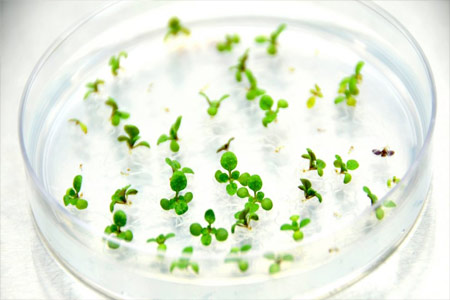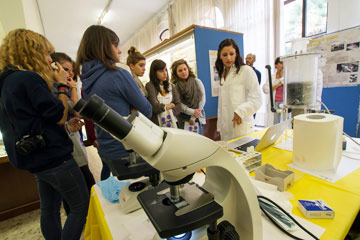Large consumption of antibiotics by both humans and animals has resulted in the development and spread of a wide number of antibiotic
resistance determinants among bacterial populations, thus creating critical Public Health Problems.
Resistance genes have been the subject of intense investigation because they can be acquired horizontally via conjugation, transformation
or transduction, and they may be transmitted in groups of genes on plasmids, transposons or integrons as often observed in multidrugresistant
bacteria, leading to the epidemic spread of such resistance genes within strains of the same specie or even among different
species. Additionally, commensal bacteria represent a reservoir of antibiotic resistance genes that have the potential to be transferred to
humans and animals. By the food chain antibiotic resistance genes could directly reach consumers. It has been proposed that bacteria
used as probiotics or starters cultures for the food industry must be free of antibiotic resistance genes.
Today, PCR and hybridization analyses are common methods used to detect antibiotic resistance genes in bacteria. However, the
detection of specific resistance genes remains a tremendous amount of work if every possible resistance gene has to be assessed and,
therefore, microarray technology offers an alternative method for screening the presence of a wide diversity of genes.
The main objective is to investigate the presence and diversity of antibiotic resistance genes within different bacterial populations in a milk
environment. For this purpose the study will be focus on the design, construction and application of one DNA microarray containing as
capture probes sequences specific for the main genetic markers for antibiotic resistance. The study will be important to understanding the
acquisition, transmission and dissemination of antimicrobial resistance in bacteria present in milk products.







